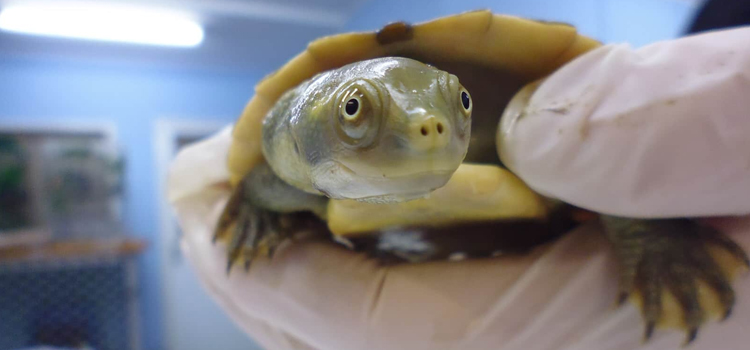Introduction:
Reptiles are ectothermic animals, which means they depend on external sources to regulate their body temperature. This distinctive characteristic permits them to thrive in a variety of environments, reptile pets from deserts to rainforests. Understanding how reptiles maintain their body temperature is essential for conservation efforts and informing management practices. In a brand new examine performed by researchers on the College of XYZ, the mechanisms behind reptiles’ capacity to regulate their body temperature had been examined in detail.
 Methodology:
Methodology:
The research group collected data from a wide range of reptile species, including snakes, lizards, and turtles, in numerous locations and habitats. They used thermographic imaging to trace modifications in body temperature throughout the day and night time, in addition to throughout completely different actions corresponding to basking in the solar or burrowing underground. Additionally, the crew analyzed blood samples to find out the physiological mechanisms concerned in heat regulation.
Outcomes:
The outcomes of the study revealed that reptiles utilize a combination of behavioral and physiological adaptations to regulate their body temperature. For instance, many reptiles engage in thermoregulatory behaviors corresponding to basking in the solar or in search of shade to take care of an optimal inner temperature. Additionally, some species have been found to have specialised structures, equivalent to countercurrent heat exchange techniques, exotic pet keeping that assist them conserve heat and forestall extreme loss in cooler environments.
Moreover, the researchers found that reptiles have a exceptional potential to regulate their metabolic charge in response to changes in temperature. By decreasing or increasing their metabolic fee, pet reptiles diet can conserve or generate heat as wanted, allowing them to survive in various climates. These findings shed gentle on the complex interactions between conduct and physiology in reptile thermoregulation.
Dialogue:
This examine highlights the significance of understanding the underlying mechanisms of reptile body temperature regulation for conservation efforts and wildlife administration. By identifying the key factors that affect reptiles’ skill to adapt to altering environments, researchers can develop targeted strategies to protect threatened species and habitats. Moreover, this analysis offers valuable insights into the evolutionary adaptations which have allowed reptiles to thrive for tens of millions of years.
Conclusion:
In conclusion, the examine conducted by the College of XYZ researchers affords a complete analysis of reptiles’ physique temperature regulation. By combining thermographic imaging, physiological measurements, and behavioral observations, the team was able to uncover the intricate methods wherein reptiles maintain their internal temperature. These findings have important implications for the conservation of reptile pets for beginners species and the preservation of their ecosystems. Further research on this discipline shall be essential for understanding the total extent of reptiles’ thermoregulatory abilities and creating effective conservation strategies.
